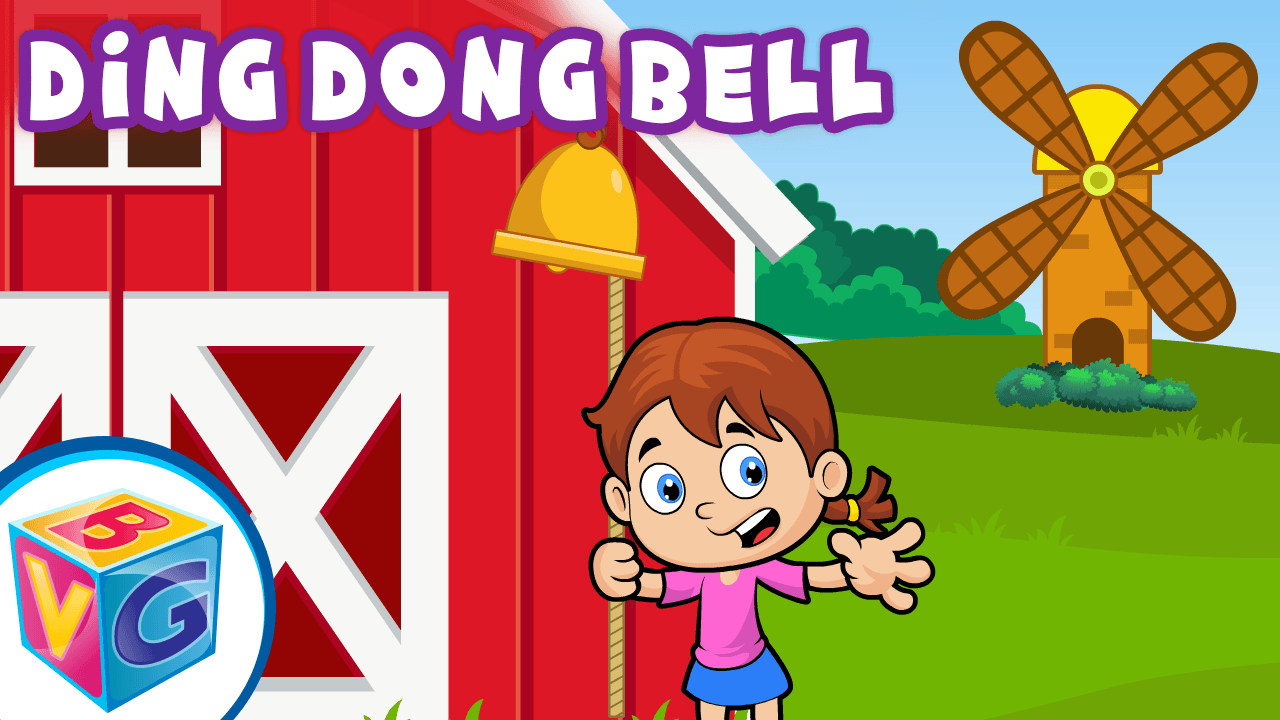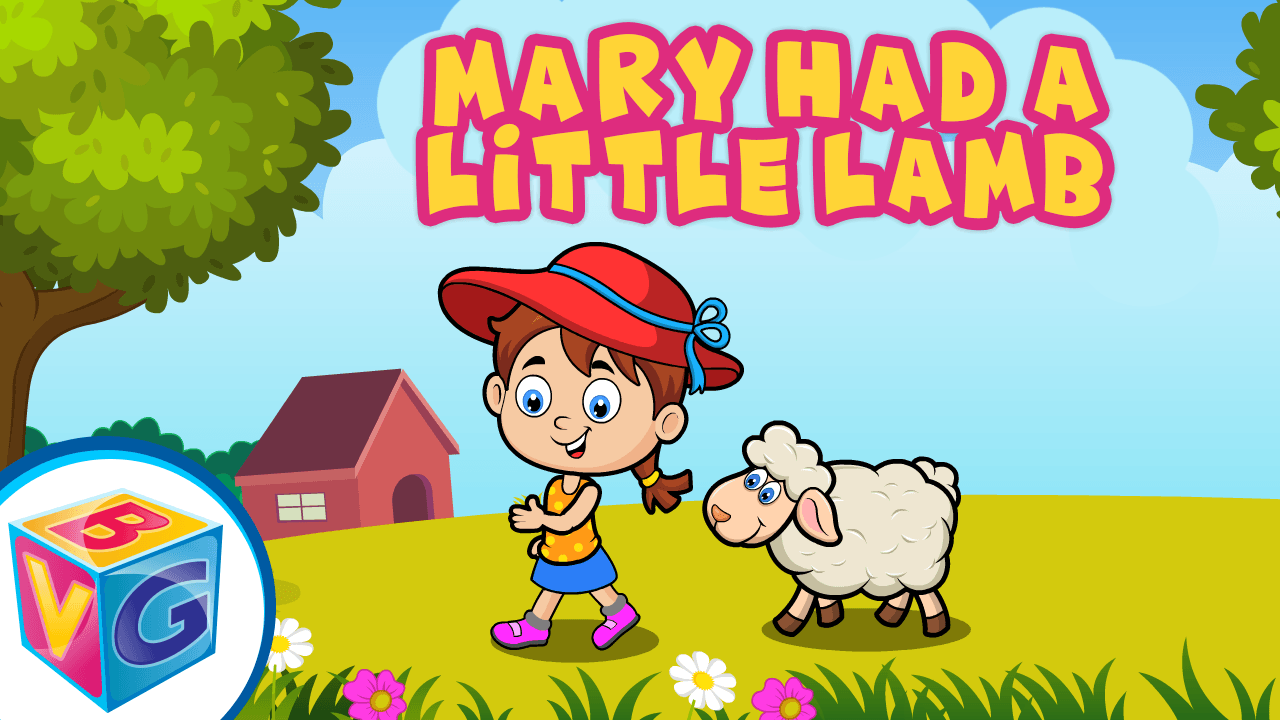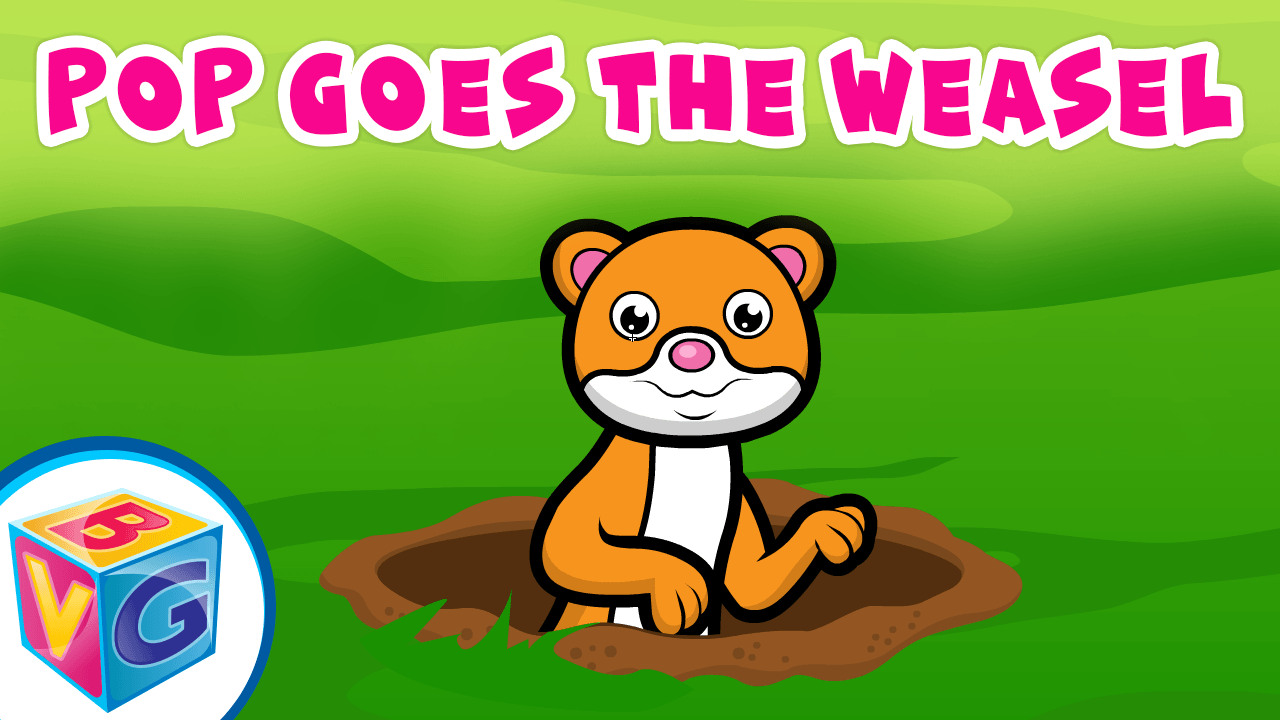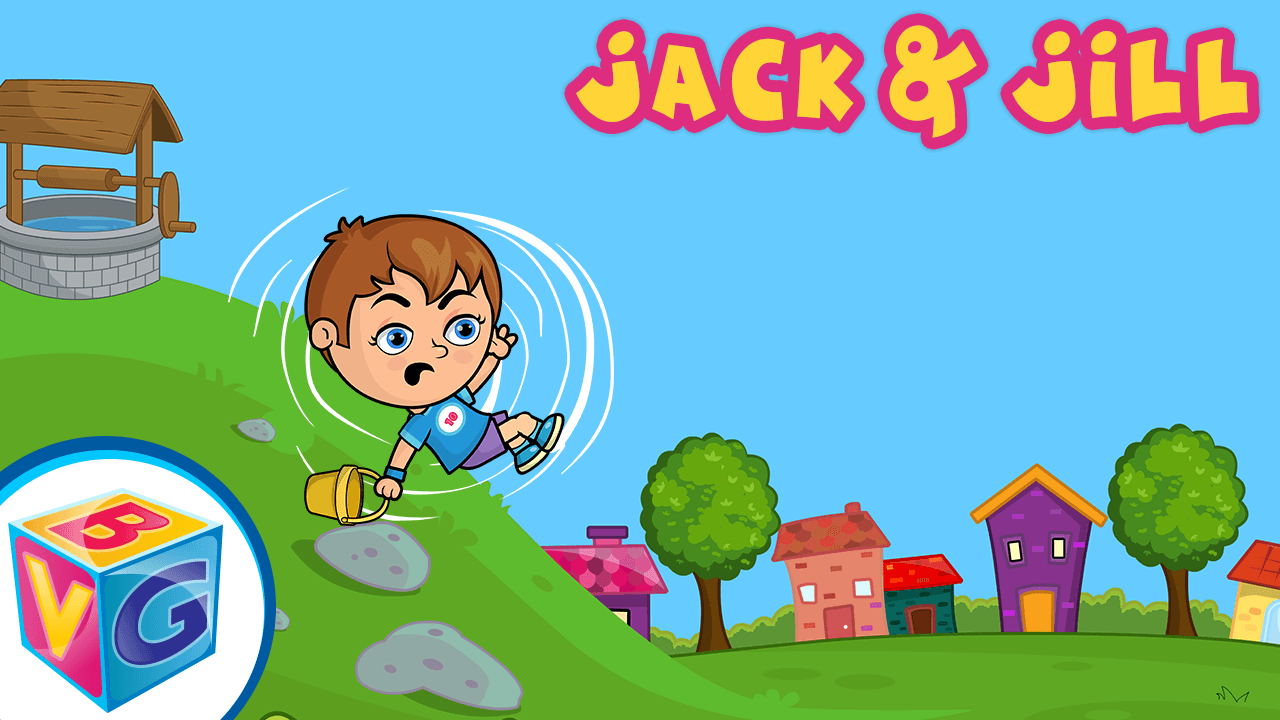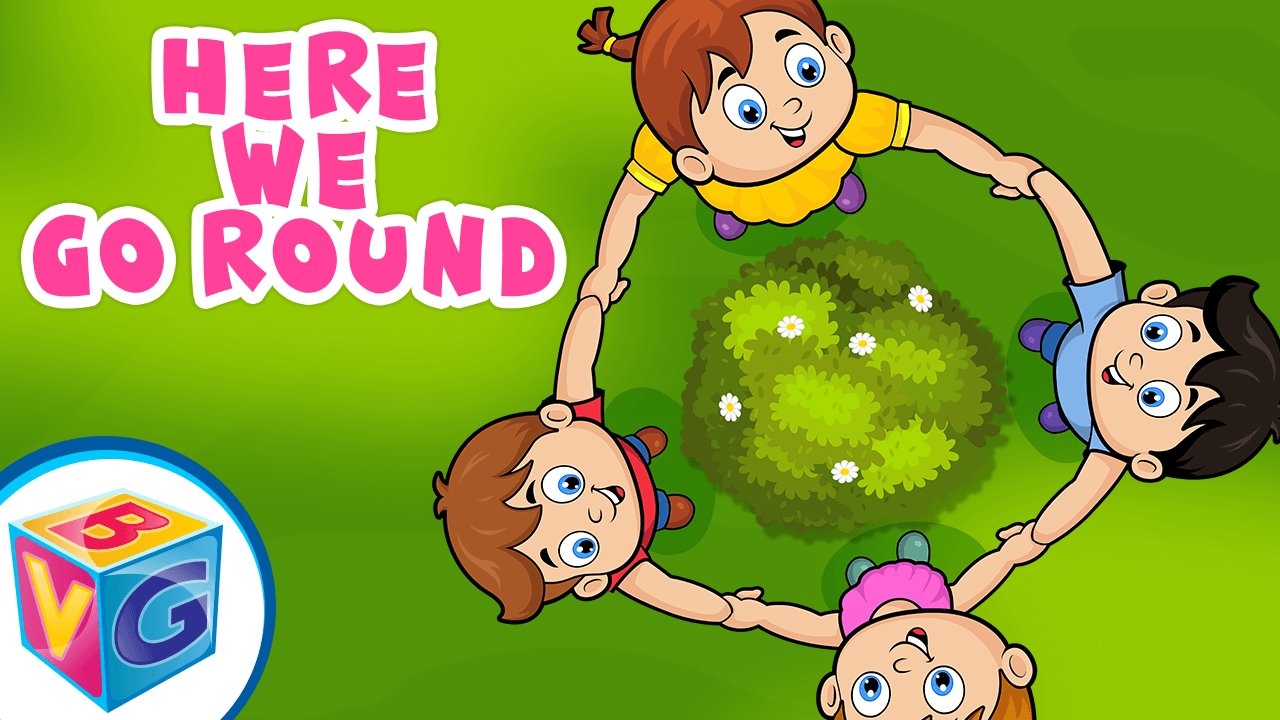Mary Had a Little Lamb
Lyrics
Mary had a little lamb,
its fleece was white as snow;
And everywhere that Mary went,
the lamb was sure to go.
It followed her to school one day,
which was against the rules;
It made the children laugh and play,
to see a lamb at school.
And so the teacher turned it out,
but still it lingered near,
“Why does the lamb love Mary so?”
the eager children cry;
“Why, Mary loves the lamb, you know”,
the teacher did reply
tool for young children to develop their “narrative skills”, or understanding that a story has a
beginning, middle, and end. This song’s story has lots of movement, interaction, and great
opportunities for interchanging characters. Try acting out the story with a collection of your child’s
figurines to help them develop this important “early literacy” skill which will be a foundation for
learning how to read when they’re older.
To start, gather a few of your children’s figurines. If you have a sheep, great, and if not, that’s okay!
Use Lego people, stuffed animals, or if you spontaneously start singing while outside, use a few
sticks to represent our characters.
Next, designate one of the figurines as Mary and one as the lamb. If your child is too young to
participate, you’ll be performing a one-parent show! If your child can hold a figure and move it
around, let them choose who to play.
For participating children, sing a line at a time and talk through what each character should do. For
example, for, “Everywhere that Mary went, the lamb was sure to go,” discuss how one will follow the
other around. Or for, “Why does the lamb love Mary so?”, plan to have the figures cuddle in a hug. Or
for, “The teacher turned it out”, make sure whoever plays the teacher gives a hearty, “Go home,
Lamb!”. Once the actions are clear, sing and act out the song a line at a time. Make it as silly and fun
as you want, because when children have a good time, they learn and remember better.
If you’re performing this show for a baby who isn’t giving you encouraging feedback, just know that
the combination of words in the song, the actions your characters are performing, and the fact that
you are lovingly interacting with them is helping them learn. You might sing this song one hundred
times without a reaction before, suddenly, one day, they’ll be singing it back to you word-for-word!
Providing these rich learning experiences for infants and toddlers builds their ability to speak and
listen – you just might have to wait to see the fruit of all your hard work till down the road.
Don’t be afraid to veer away from the original lyrics. If none of your figurines remotely resemble a
sheep, feel free to sing, “Adon had a little Jedi, little Jedi, little Jedi…” while dancing around an action
figure. Or allow the teacher to more fully tell the sheep why he can’t be in class by asking your child
what they would tell a messy sheep who came into your house.
Always define and discuss any unusual words in songs. We don’t discuss fleeces much in our daily
lives, so take a break from singing to find something fluffy in the house to examine, or pull up a
photo of a real sheep from the internet and talk about how it would feel to touch it. Or talk about
what is “eager”? Why are the children in Mary’s class eager? What makes you eager?
After completing this mini work of theater, your child will have gained practice singing and speaking,
learned new vocabulary, and acquired deeper “narrative skills” by having a better understanding of
how a story progresses. All of these experiences are not only terribly fun, but are essential for
building the foundation of skills they’ll need to be good readers when they get to kindergarten.
Don’t be surprised if your house becomes a sheep-filled drama production for many days to come!
More videos can be seen on our YouTube Channel.

